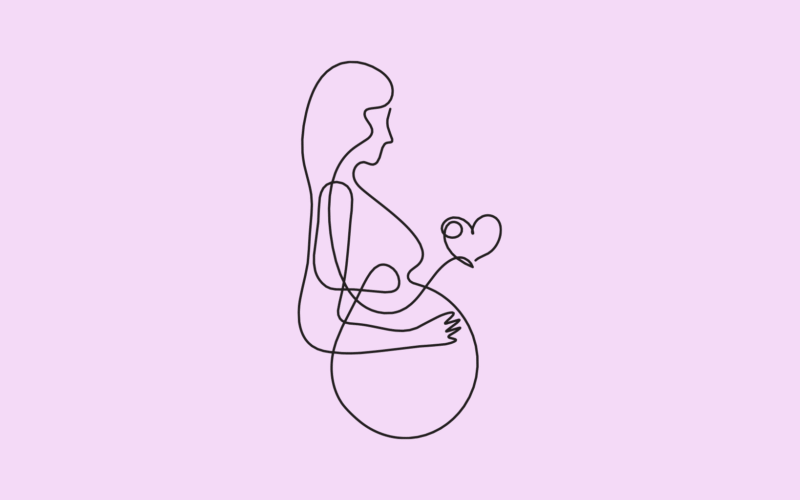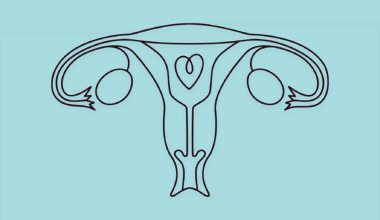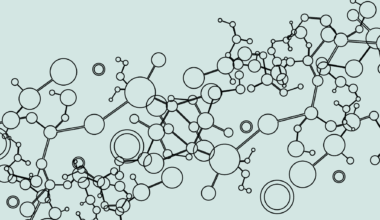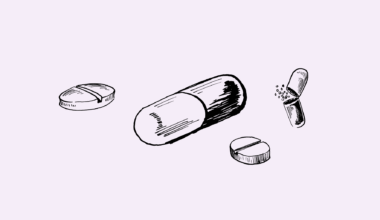The ultimate meet-cute: sperm meets egg! What follows is nature’s most impressive construction project, starting smaller than a poppy seed. These terms cover the magical microscopic moments when one potential life transitions to “loading human: 1%” status.
Sperm Capacitation: The process sperm must undergo in the female reproductive tract before they’re capable of fertilizing an egg. Think of it as sperm boot camp—only the transformed survive and thrive!
Implantation: When a fertilized egg attaches to the uterine lining, occurring 6-12 days after ovulation. This is when pregnancy officially begins. Like finding the perfect apartment and signing the 9-month lease!
Implantation Bleeding: Light spotting that sometimes occurs when a fertilized egg attaches to the uterine lining, often mistaken for a light period. The embryo’s way of saying, “Just moving in, don’t mind the slight mess!”
Fertilization: The actual moment when sperm meets egg and their genetic material combines. The microscopic mixer where 23 chromosomes meet their perfect match – like a DNA dating app with a 100% success rate!
Early Pregnancy Factor (EPF): A protein produced shortly after fertilization that can be detected in maternal blood. Your body’s first biochemical text message announcing “Something’s happening down here!”
Zygote: The single-cell fertilized egg before it begins dividing. The ultimate “before” picture in baby’s development journey – you’ll barely recognize it in the “after” shots!
Morula: The solid ball of cells formed by division of the zygote before it becomes a blastocyst. Resembles a mulberry (hence the name) and contains the entire blueprint for building a human in a package smaller than a grain of salt. Talk about efficient packing!
Blastocyst: The early embryo stage (day 5-6) when cells have differentiated into those that will become the baby and those that form the placenta. It’s like the embryo’s first career decision: “I’ll work in baby development” versus “I’m joining team life support.”
hCG (Human Chorionic Gonadotropin): The pregnancy hormone that home tests detect, produced once implantation occurs. The tiny embryo’s way of screaming “I’M HERE!” before it has actual lungs to do so.
Chemical Pregnancy: A very early miscarriage that occurs shortly after implantation, often before a woman knows she’s pregnant except for a briefly positive pregnancy test. A heartbreaking reminder that getting a positive test is just the first hurdle.
REAL TALK:
"For six straight months, I obsessively analyzed every speck of spotting, convinced each one was 'implantation.' I'd run to the bathroom hourly, checking for 'signs.' I stocked up on early detection tests and burned through them like Halloween candy. Then came month seven—no spotting whatsoever. I was crushed, thinking my body wasn't even trying anymore. Two weeks later? Pregnant. Sometimes your uterus works best when you're not staring at it expectantly." - Jess
Just scratching the surface of conception science? Our comprehensive guide walks you through every step from pre-pregnancy prep to those crucial first weeks! We cover everything from nutrition that actually improves egg and sperm quality to managing the emotional rollercoaster of trying to conceive. Plus, get straight answers on early pregnancy symptoms versus PMS (because why must they be so similar?). Whether conception happens quickly or takes time, our TTC but make it CHILL eBook provides support that understands both the science and the soul of this journey. Ready for wisdom beyond Instagram infographics? Your complete resource is waiting right here!






